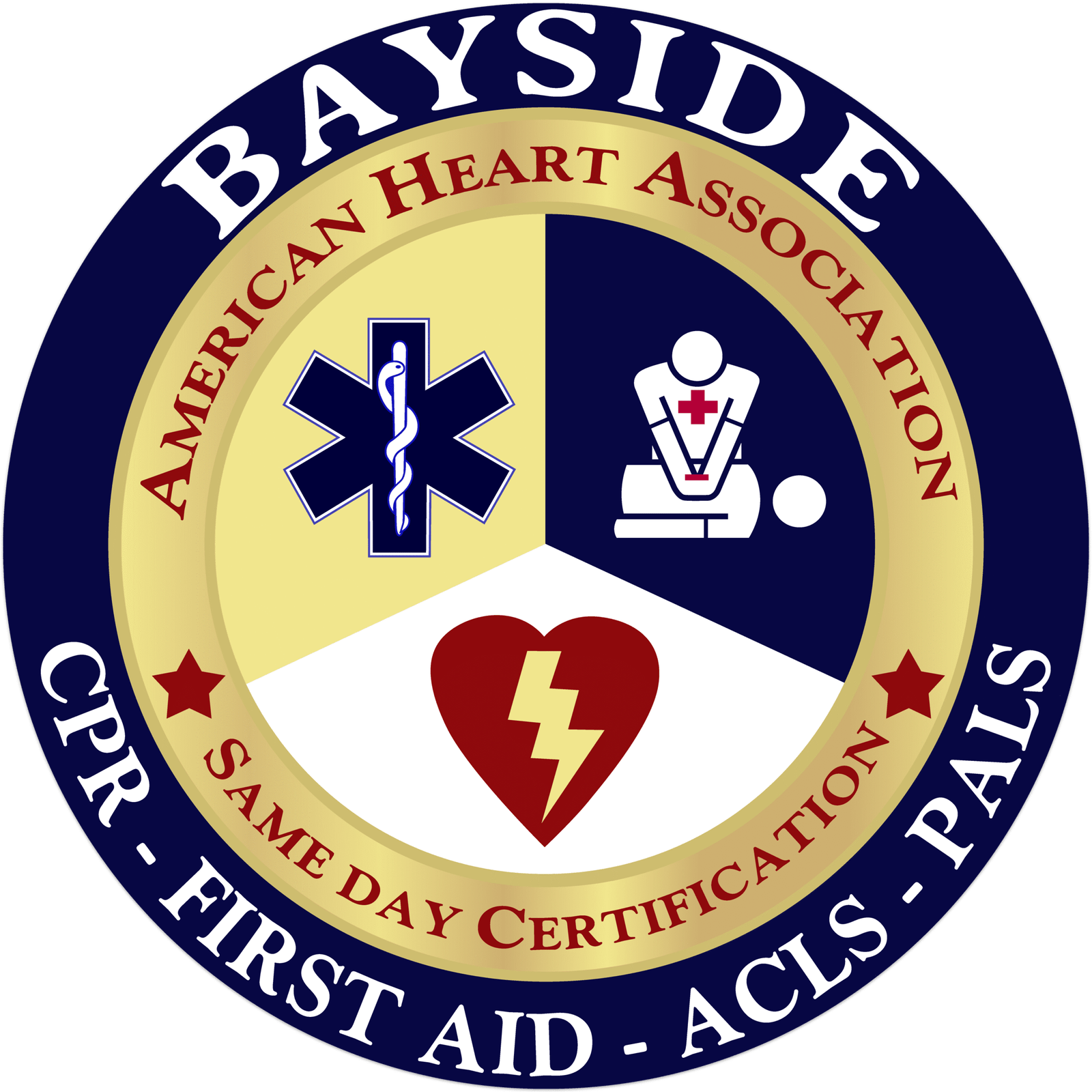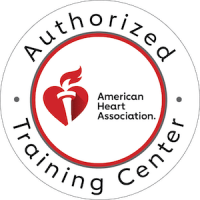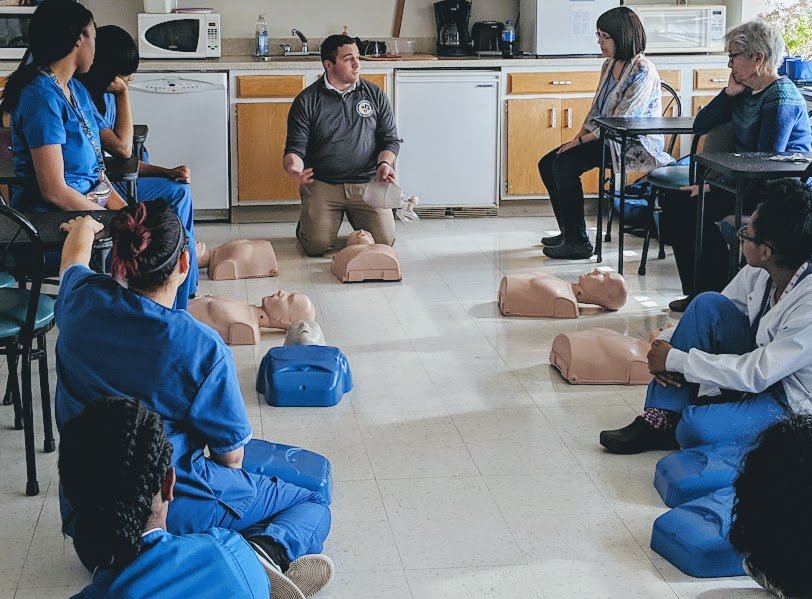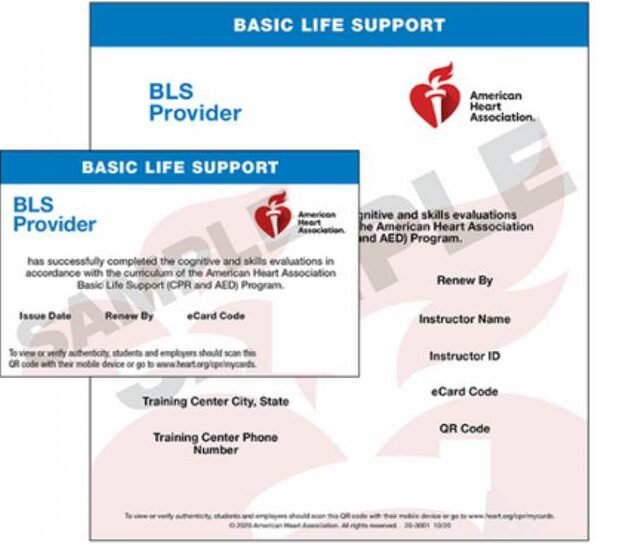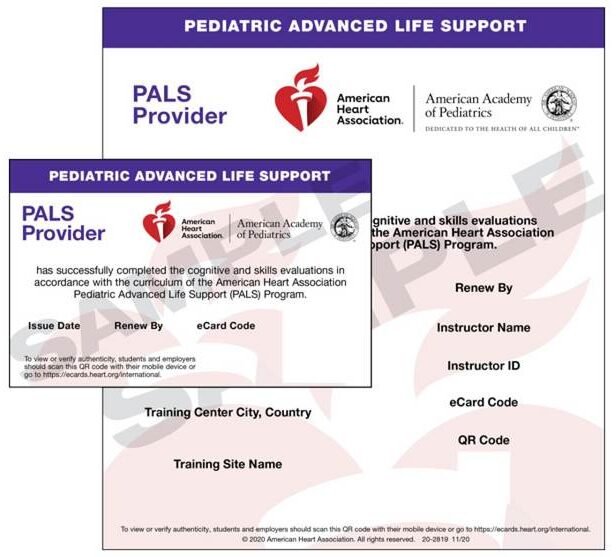Every second counts when someone’s life is on the line, and knowing how to perform CPR correctly can make all the difference. While CPR saves hundreds of thousands of lives yearly, its success depends heavily on proper execution. Small mistakes can have significant consequences, reducing the effectiveness of your efforts or even causing harm.Being aware of common pitfalls like unsuccessful CPR, incorrect hand placement, shallow compressions, or interruptions can help you stay calm and focused in a crisis. Practicing correct CPR technique regularly is important, and staying updated with the latest guidelines boosts your confidence and competence. Remember, even if you’re uncertain, doing something is always better than doing nothing. By understanding what to avoid, you can perform CPR more effectively and give someone the best chance at recovery. To avoid these mistakes, prioritize training and practice.
1. Overlooking Safety Precautions
One of the biggest mistakes to avoid during CPR is ignoring safety precautions. It’s easy to get caught up in the urgency of helping someone in distress, but overlooking the scene’s safety can put both you and the victim at risk. Always check the surroundings first to ensure there is no immediate danger, such as traffic, fire, or unstable structures.
If the environment isn’t safe, don’t hesitate to call for professional help and wait until the scene is secure before starting CPR. Taking a moment to assess safety helps ensure that you can provide aid effectively without putting yourself in further danger.
2. Incorrect Hand Placement
When it comes to performing CPR, every detail matters. The most common mistake rescuers make is incorrect hand placement, including bending the elbows during compressions and compressing too slowly, which can significantly reduce the effectiveness of chest compressions. Proper hand placement is essential for effective chest compressions. Place the heel of one hand on the center of the chest along the sternum (breastbone: a flat, T-shaped bone located at the center of the body), and lay your other hand on top, interlocking your fingers. For maximum efficiency, keep your arms straight and shoulders directly above your hands. Incorrect placement decreases effectiveness and may cause unintentional harm to the patient’s ribs or internal organs. Being mindful of this step ensures you deliver the best possible support to someone in need.
3. Inadequate Compression Depth
Every second counts, and getting the compression depth right is essential in CPR. Many people know they need to perform chest compressions, but they might not realize how critical the depth is for effective resuscitation. Inadequate compression depth can significantly diminish the chances of saving a life. The AHA recommends compressions at least 2 inches deep but no more than 2.4 inches for adults.
CPR preserves life by keeping blood and oxygen flowing to the brain and heart during emergencies. When compressions are too shallow, they do not generate sufficient blood flow, meaning the vital organs do not receive the oxygen they need to survive. Understanding the correct technique can make a substantial difference in how successful your efforts are in an emergency.
4. Ignoring Compression Rate
When it comes to providing life-saving assistance during a cardiac emergency, every second counts. Knowing how to perform effective CPR can make all the difference in helping someone survive until professional help arrives.One of the most important aspects is maintaining the right rhythm and pace. The correct rate of compressions is 100-120 per minute. This pace is necessary to maintain adequate blood flow while allowing enough time for the heart to refill between compressions. Staying focused on consistent, rhythmic pressings ensures you’re giving the best possible support to the person in need.
Mental Metronome: To help keep a steady pace, use the rhythm of a familiar song like “Stayin’ Alive” by the Bee Gees or “Another One Bites the Dust” by Queen, which aligns closely with the ideal compression rate.
5. Neglecting Full Chest Recoil
When you neglect to fully recoil the chest after each compression, it can limit the effectiveness of CPR. People often forget that letting the chest completely come back up allows the heart to fill with blood again so it can pump more blood with each squeeze.
If you don’t do this, you’re essentially restricting blood flow and reducing the chances of delivering oxygen to the brain and other vital organs. It might feel natural to rush through the compressions, but taking that extra moment to let the chest recoil fully makes a big difference. It’s a simple step that can improve the overall quality of CPR and save more lives.
6. Forgetting to Check for Breathing
Forgetting to check for breathing is a common mistake that can happen when someone is overwhelmed or unsure of what to do in an emergency. It’s easy to focus on calling for help or trying to perform CPR without pausing to see if the person is breathing.However, checking for respiration is a crucial step because it helps you decide whether they need immediate rescue efforts or just reassurance. To keep everyone safe, always remember to look at their chest for movement, listen for breath sounds, and feel for airflow before jumping into more advanced first aid. Making it a habit to quickly assess breathing can be the difference between acting too late and providing timely help.
7. Failing to Use Available Resources
One of the biggest mistakes rescuers make while performing CPR is not using all the resources available to them. Whether it’s equipment at hand or calling for additional help, failing to leverage every tool can mean the difference between saving a life and losing it. Sometimes, rescuers hesitate or overlook what’s right in front of them, like an automated external defibrillator (AED), airway management devices, CPR masks, face shields & gloves, or they delay calling emergency services. Being proactive and resourceful in these critical moments can greatly improve the chances of a successful rescue. Recognizing what resources are available and knowing how to use them swiftly can turn a dire situation into a life-saving outcome.
Also Read About: Difference Between CPR & BLS
Key Skills and Mistakes to Avoid for Successful CPR
When performing CPR, there are numerous small mistakes that can significantly impact the outcome. One of the most common errors is neglecting safety precautions; rushing in without ensuring the scene is safe can endanger you as well. Proper hand placement and compressions at the correct depth and rate are essential, so aim for the center of the chest, at least 2 inches deep, and 100-120 compressions per minute. Remember to allow the chest to fully recoil after each compression, and always check if the person is breathing before starting CPR. Being mindful of these details ensures your efforts are effective. Additionally, don’t hesitate to utilize all available resources, such as an AED or calling emergency services. Staying calm, focused, and proactive enables you to offer someone the best chance of recovery during those critical moments. Whether you’re a healthcare provider or a concerned citizen, at Bayside CPR, we offer ACLS, PALS, BLS, CPR, & First Aid certification courses to meet your needs. Enroll today and develop the skills that could make a difference in an emergency. Visit our course page or contact us now to reserve your spot!
